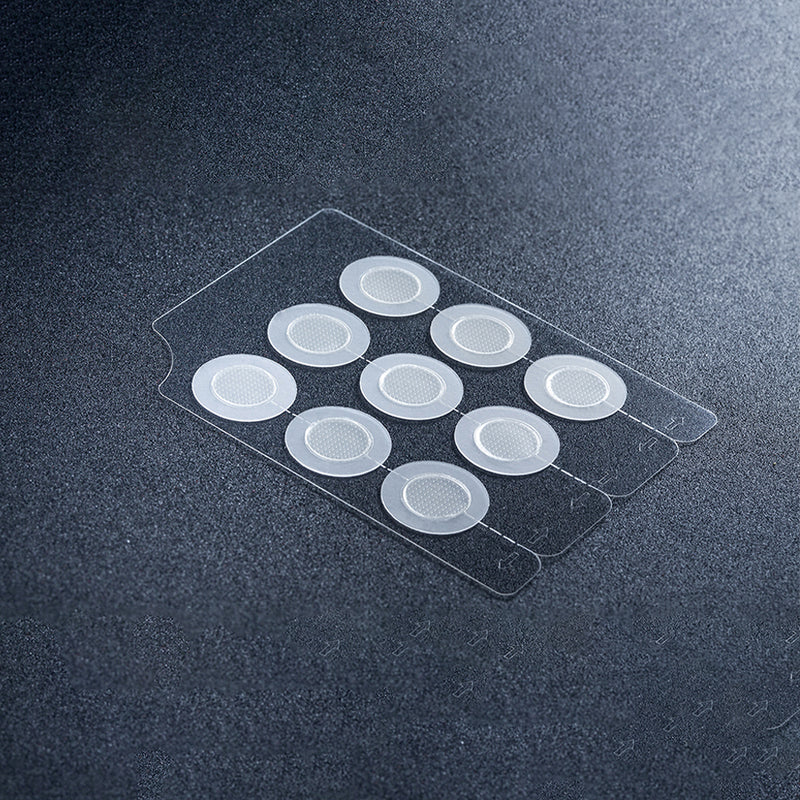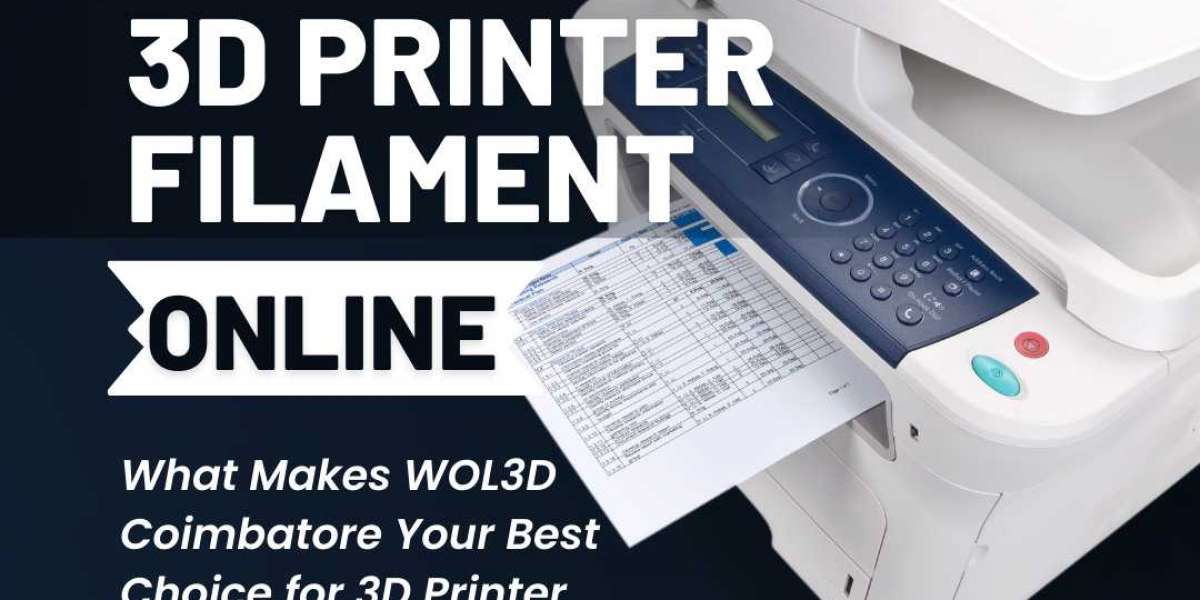The medical equipment industry is continuously evolving, with innovations aimed at improving patient care and treatment outcomes. One such innovation is the use of pharmaceutical microneedles. These tiny, minimally invasive devices are revolutionizing the way medications are delivered. In this article, we will delve into the benefits of pharmaceutical microneedles and the role of a pharmaceutical microneedles distributor in the global healthcare market.

What Are Pharmaceutical Microneedles?
Pharmaceutical microneedles are small, needle-like structures designed to deliver drugs through the skin with minimal pain and discomfort. Unlike traditional hypodermic needles, microneedles penetrate only the outermost layer of the skin, making them less invasive and more patient-friendly. But what makes them so effective?
Microneedles offer a painless alternative to conventional injections, enhancing patient compliance and comfort.
Advantages of Pharmaceutical Microneedles
There are several advantages to using pharmaceutical microneedles, which include:
- Minimized Pain: Due to their small size, microneedles cause significantly less pain compared to traditional needles.
- Improved Drug Delivery: Microneedles can deliver drugs directly to the targeted area, ensuring better absorption and efficacy.
- Enhanced Patient Compliance: The reduced pain and ease of use encourage patients to adhere to their treatment regimens.
- Reduced Risk of Infection: Since microneedles do not penetrate deeply, the risk of infection is considerably lower.
The Role of a Pharmaceutical Microneedles Distributor
A pharmaceutical microneedles distributor plays a crucial role in the supply chain, ensuring that these innovative devices reach healthcare providers and patients worldwide. Distributors are responsible for:
- Sourcing Quality Products: They work with manufacturers to source high-quality microneedles that meet regulatory standards.
- Logistics and Distribution: Efficient logistics and distribution networks ensure timely delivery of microneedles to various regions.
- Market Education: Distributors often provide training and educational resources to healthcare providers on the proper use of microneedles.
Global Impact and Future Prospects
The global impact of pharmaceutical microneedles is significant. They are being used in various therapeutic areas, including vaccine delivery, diabetes management, and pain relief. As research and development continue, the potential applications of microneedles are expected to expand further.
For instance, a recent study highlighted the effectiveness of microneedles in delivering insulin to diabetic patients, showcasing their potential to transform diabetes care. Additionally, the ongoing COVID-19 pandemic has accelerated the adoption of microneedles for vaccine delivery, offering a promising alternative to traditional injection methods.
Product Spotlight: Microneedle Patch
One notable product in this field is the Microneedle Patch, which has gained popularity for its ease of use and effectiveness. This patch can be applied directly to the skin, allowing for painless drug delivery. Below is an image of the Microneedle Patch:

For more information on how microneedles are transforming healthcare, watch the following video:
Conclusion
In conclusion, pharmaceutical microneedles are a groundbreaking innovation in the medical equipment industry. They offer numerous benefits, including minimized pain, improved drug delivery, and enhanced patient compliance. The role of a pharmaceutical microneedles distributor is vital in ensuring these devices reach the global market, ultimately improving patient care and treatment outcomes. As technology advances, the future of microneedles looks promising, with potential applications expanding across various therapeutic areas.








